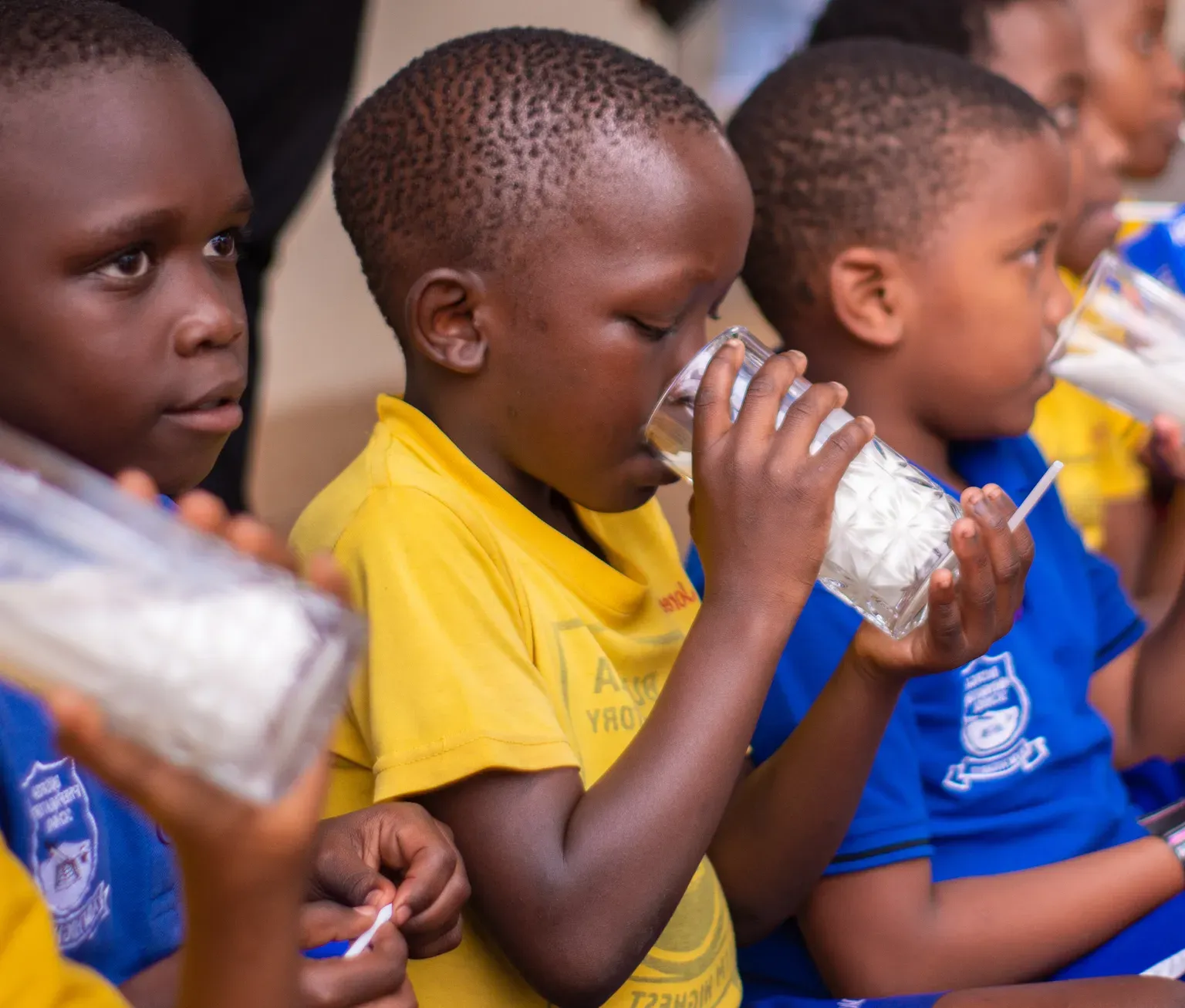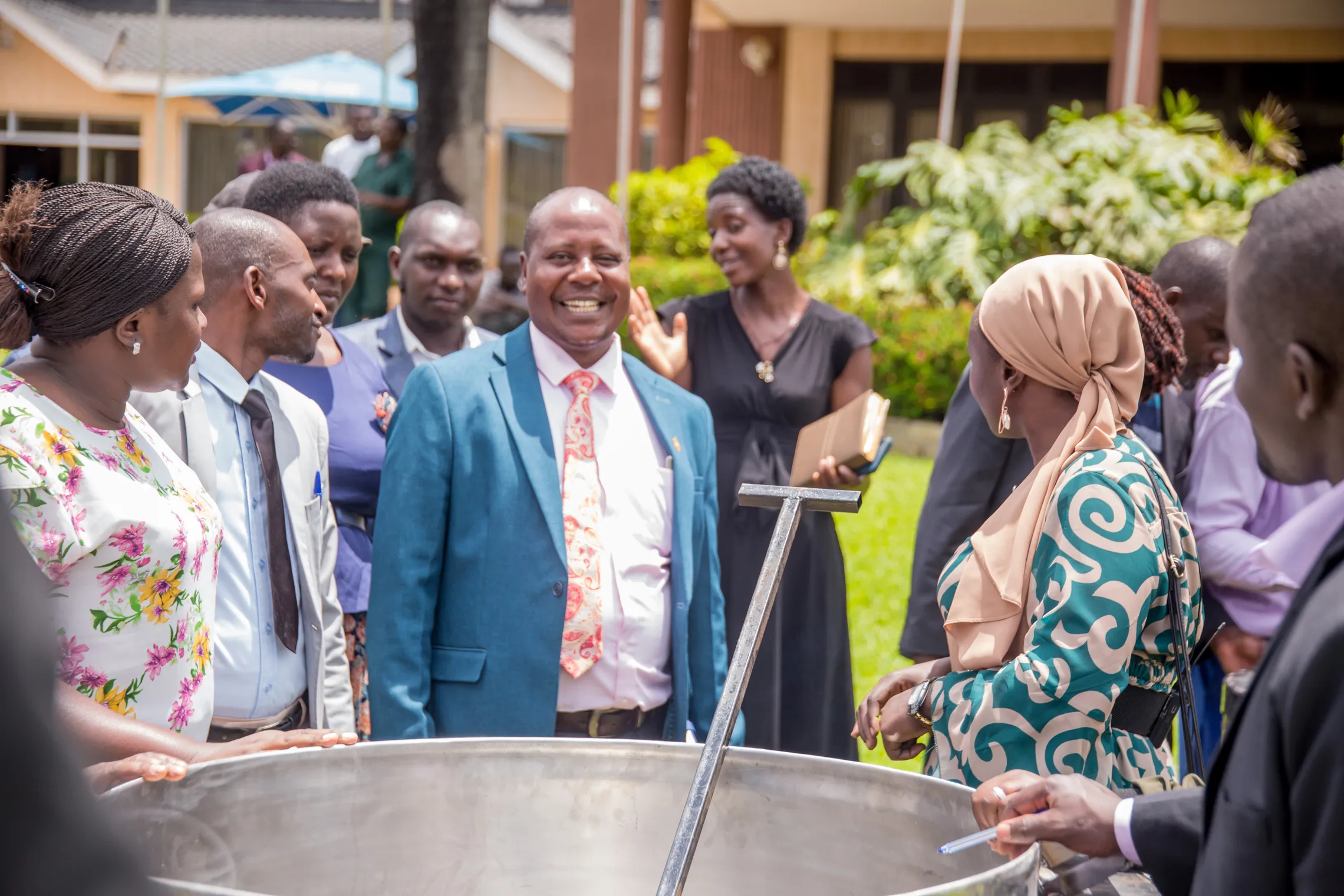Perspective: Rethinking financing for school feeding programmes
With traditional donors scaling back, there is a need to rethink how school feeding programmes are designed—and on whom they are built to rely.

By Annaya Rangkuty, Business Development
School feeding plays a crucial role in encouraging the most economically disadvantaged families to send their children, especially their daughters, to school. And for millions of children, school meals are often the only reliable source of daily nutrition.
Still, the 2024 Global Survey of School Meal Programs by the Global Child Nutrition Foundation (GCNF) shows that while school feeding programmes now reach over 330 million children in 142 countries, funding is becoming more unstable. Inflation has driven up food prices, and many governments still do not have dedicated budget lines for these programmes.
At the same time, donor funding is shrinking—creating uncertainty in countries that depend on external support to keep meals going. This has real consequences on the ground. Some programmes are being scaled back or interrupted altogether, reducing both reach and quality. The report also notes the value of home-grown school feeding models, which support local farmers and cut costs—but these too face funding challenges and haven’t scaled as needed. All of this is unfolding against the backdrop of a growing hunger crisis.
If donor cycles dictate whether a child can access food, we may have built the wrong system. Innovative financing modalities, including parent and community-led models, prove that alternative mechanisms to ensuring universal school feeding access are not just possible, they are already working.
As these approaches expand, they can contribute to more stable and reliable access to school meals, helping protect children from disruptions when external funding becomes uncertain.
With this financial crunch, how do we ensure that no child learns on an empty stomach?
Community-based models matter
One promising answer is already unfolding across East Africa, where a radically different model, based not on donor dependency, but on local investment, community ownership, and market linkages, has taken root.
Here’s the twist: parents, not donors, pay for the milk.
This kind of locally-led model can help make school feeding programmes more stable and less vulnerable to funding disruptions. In Uganda, more than 922,000 children across 2,482 schools consume dairy daily, fully funded by their families as part of our TIDE programme. That is over 125,000 litres of milk every day, generating a US$9 million annual boost to the local dairy sector. This is not a charitable model. It is an innovative, grounded take on financing school meals, with community ownership at its core.
In contrast, Ethiopia’s dairy ecosystem is still developing. Milk is less common, prices are higher (US$1.20 per litre vs. US$0.20 in Uganda), and parent-funded school feeding is a novel concept. But even there, over 25,000 students participate in school milk and yoghurt programmes like BRIDGE, funded by the Embassy of the Kingdom of the Netherlands (EKN) in Ethiopia and implemented alongside Wageningen University and Research and Agriterra.
Early results of the programme are promising: In the Sidama region, 60% of parents are now paying full price for school meals that were originally under a subsidy scheme. That is a big shift in just two years and is sustainable—shifting to more locally-led solutions over long-term donor support.
In some areas, local governments and communities are stepping in creatively to scale impact. In Oromia, every household, regardless of whether they have children, contributes food or cash to support school feeding, treating school meals as a public good. This shows locally owned social protection in action.

Ugandan school feeding stakeholders gather in a school in Kampala
Still, community- and parent-led models do confront challenges.
In severely economically disadvantaged communities, for instance, the scope for parent-paid solidarity mechanisms remains limited. Paying for more expensive food items in a balanced, diversified school menu is a challenge, and while the community-led approach might be sustainable overall, it may not meet nutritional needs.
In Ethiopia, where familiarity with dairy is lower and milk prices are significantly higher, uptake has been slower. Many schools only joined the BRIDGE school milk programme after SNV’s subsidies or matching grants (like kitchen improvements and clean water systems) were promised. By mid-2023, though 25,000 students were enrolled in the BRIDGE programme, many of them still relied on donor subsidies.
As subsidies phase out, the continuity of school meal programmes depends on innovative solidarity mechanisms to avoid excluding the children of those who are unable to pay for school meals. Without this, parent-paid models risk leaving the poorest children behind. Building equity into parent-led models requires flexibility: some schools adopt cross-subsidisation, others collect in-kind contributions, while a few receive support from churches, mosques, or local businesses.
Still, what makes this model different is its potential to grow roots, reflecting a broader shift toward community ownership of school feeding. As a school principal in Uganda told our project partners: “It’s no longer acceptable for children to go hungry. Parents are proud to provide.”
There is a clear call from the ground for development partners, governments, and donors to start thinking about sustainable means to finance school feeding.
Evolving modalities and the role of donors
To truly future-proof school meals, there is a need to rethink how they are financed. While community-based models where parents, parent-teacher associations (PTAs), and local networks contribute cash, food, and resources remain essential, a broader range of innovative financing approaches offer promising shifts to sustainable school meal financing.
Across the world, new financing approaches are emerging that could complement community-led models and stabilise funding streams. For instance, earmarked taxes on products like sugary drinks and tobacco have been proposed to finance school meals in several countries, creating dedicated revenue streams, while promoting healthier consumption. Climate finance offers further opportunities. Schools that adopt green infrastructure, like clean cookstoves or solar refrigeration, can tap into carbon markets for additional revenue streams.
And while donor support remains essential to funding school meals, it needs to be better thought through and future-proofed. The priority can rest on building local capacity and supporting systems that can eventually sustain themselves. In the early stages of programming, this means providing catalytic funding, infrastructure support, and technical support to get school feeding programmes running. As these programmes mature, responsibility should gradually shift to local actors, be it parents, schools, or communities, who keep initiatives running.
School feeding programmes anchored in parental pride, market incentives, and community solidarity show us that development does not equate to dependency. In an era where donor funding becomes increasingly stretched, our focus should shift to building smarter, more sustainable systems.
Building lasting school feeding systems
Across East Africa, communities are finding practical ways to make school feeding more reliable, rooted in local investment, not long-term aid. See how models based on ownership, market linkages, and shared responsibility are starting to shift what’s possible.